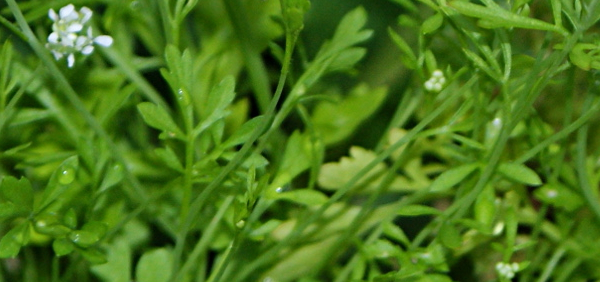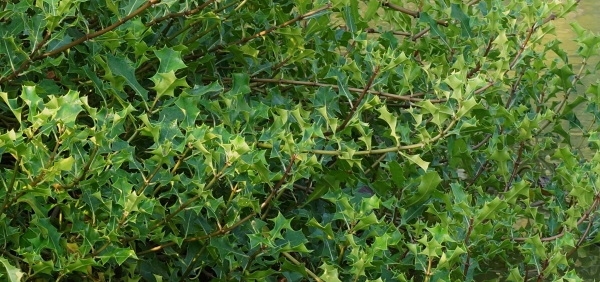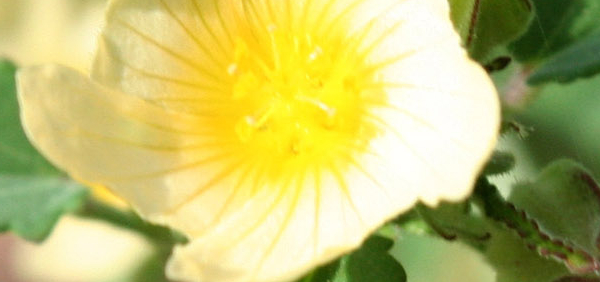badara :

Use in other system of medicine:
Uses
Edibility / Culinary
- Fruit is edible; used in a variety of recipes.
- In Persian cuisine, dried fruit is known as "annab." (30)
Folkloric
- In the Philippines, a decoction of the bark and leaves is an effective astringent in dysentery and diarrhea. Also, used in all kinds of bowel problems.
- Root, taken in excess, is a drastic purgative.
- In Angola, used to promote menstruation.
- Decoction used for fevers.
- Powdered root used for ulcers and wounds.
- Juice of root bark used as purgative; externally, for gout and rheumatism.
- Bark is emetic in larger doses. Sometimes, used for colic.
- Bark, powdered or in decoction, is astringent and used for diarrhea.
- Powdered bark used as dressing for old wounds and ulcers.
- In Cambodia, bark is used for dysentery and gingivitis.
- Some Benue tribes use the leaves as ingredient in a prescription for gonorrhea.
- Pounded leaves are applied as dressing to wounds. Leaves, in plaster form, used in strangury. Paste made from tender leaves and twigs applied to boils, abscesses and carbuncles to promote suppuration.
- Dried and ripe fruit used is mildly laxative; also, used as expectorant.
- In China, fruit used for coughs. Also, used for insomnia and anxiety.
Others
- Cosmetics: Extracts used in a variety of skin care products, anti-wrinkles, moisturizers, and sunburn lotions.
- Tanning: Used for tanning in India.
- Fishing: In Abyssinia, fruit used to stupefy fish.
- » Classification and names of badara
- » Synonyms and definitions of badara
- » Drug Properties of badara
- » Chemical Constituents of badara
- » Standardization of badara
- » Parts used and Dosage of badara
- » Morphology and Histology of badara
- » Distribution and Conservation of badara
- » Cultivation of badara
- » badara in the market
- » Medicinal Uses of badara
- » Researches and clinical trails of badara
- » badara in other sytems of medicine
- » Ayurvedic formulations with badara
- » Images of badara












